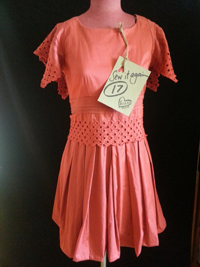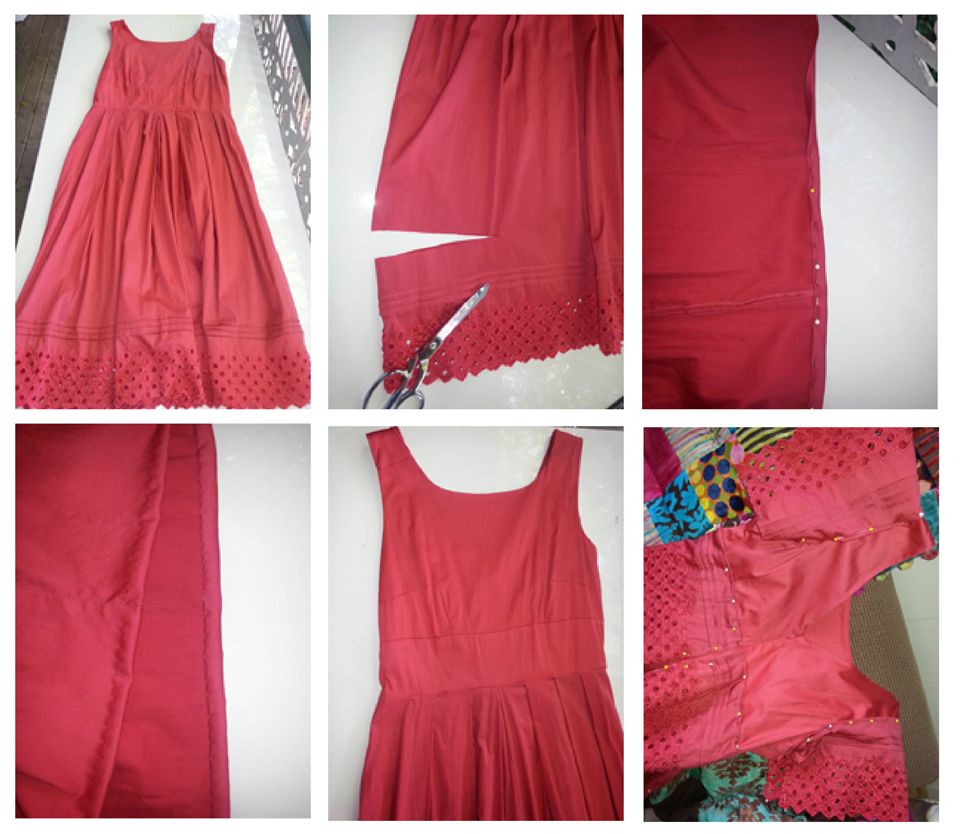 This cotton dress once was sleeveless and long now is short with peplum and sleeves following a hand-sew modification.
This cotton dress once was sleeveless and long now is short with peplum and sleeves following a hand-sew modification.
It was a $2 purchase from the op shop sale I wrote about in this post – op shop sales being just as frequent as sales in the thousands of dress shops and department stores pushing newer, brighter, seemingly ever-cheaper clothing.
In her book Overdressed: The shockingly high cost of cheap fashion, New York-based writer Elizabeth L. Cline said that for many consumers, part of the appeal of cheap fashion is that it allows them to get rid of their purchases when newer, more with-it items come along.
She sites astonishing textile consumption figures when clothing is combined with sheets and towels. Every year, Americans throw away 12.7 million tons, or 68 pounds of textiles per person, according to the Environmental Protection Agency, which also estimates that 1.6 million tons of this waste could be recycled or reused.
You might think this clothing churn is not bad for the environment because some of it can be reused, but Elizabeth says a tremendous amount of clothing is in fact not getting recycled but getting trashed, and the environmental impact of making clothes is being entirely overlooked.
There’s a large disconnect between expanding wardrobes and the additional demands for fossil fuels, energy and water – and the resulting impact on our environment and climate.
As an agricultural scientist and journalist, it is from the perspective of reducing and reusing natural resources that I’m undertaking this Sew it Again campaign to demonstrate simple ways we can upcycle natural-fibre clothing from our own and others’ wardrobes.
Today’s watermelon pink cotton dress was adapted with hand-sewing done while chatting and watching TV. I trimmed the bottom from the long skirt to make it knee length then used the hem off-cut as a peplum around the waist and to create sleeves. It took a little time, but was not difficult and the rhythm of the needlework was relaxing and satisfying. It reconnected me to skills I learned from previous generations of my family, when home-sewing was as natural a part of everyday life as home-cooking. I have an aversion to ironing and find that giving cotton good shake after washing and smoothing the crinkles by hand is enough to avoid the need for it.
